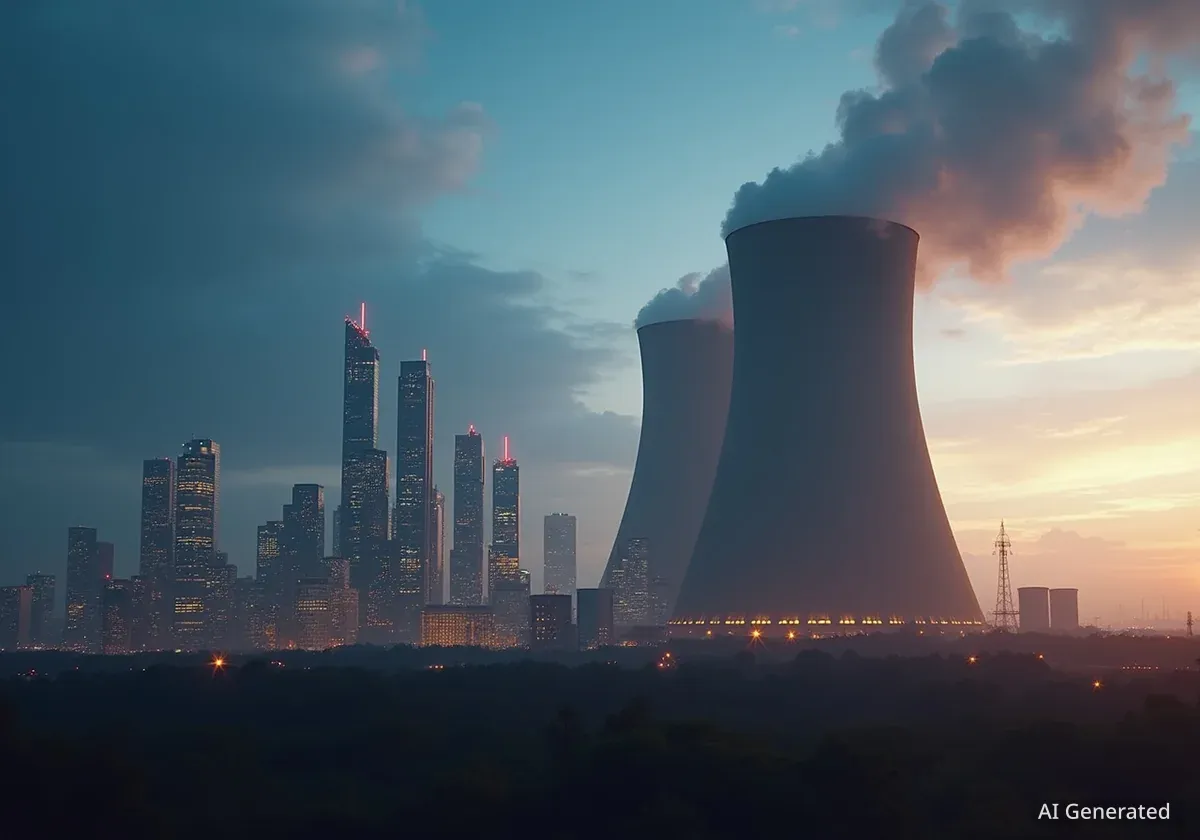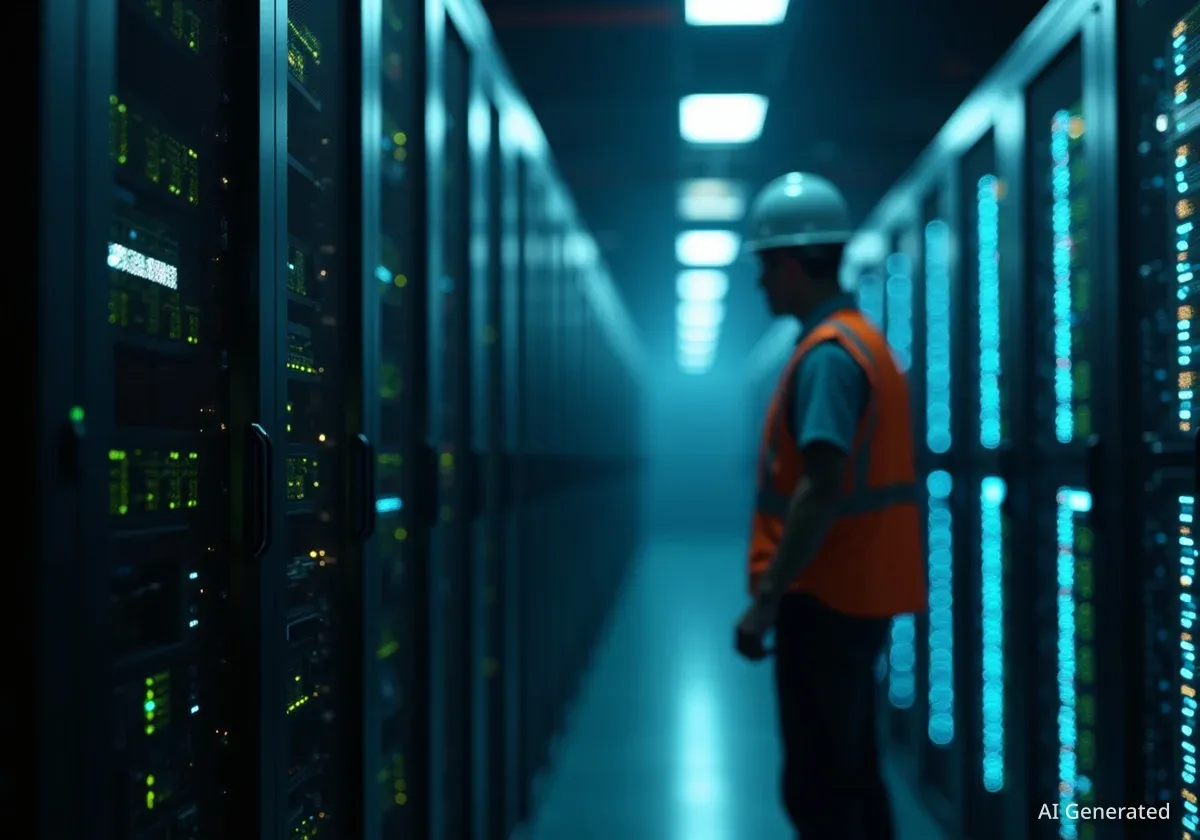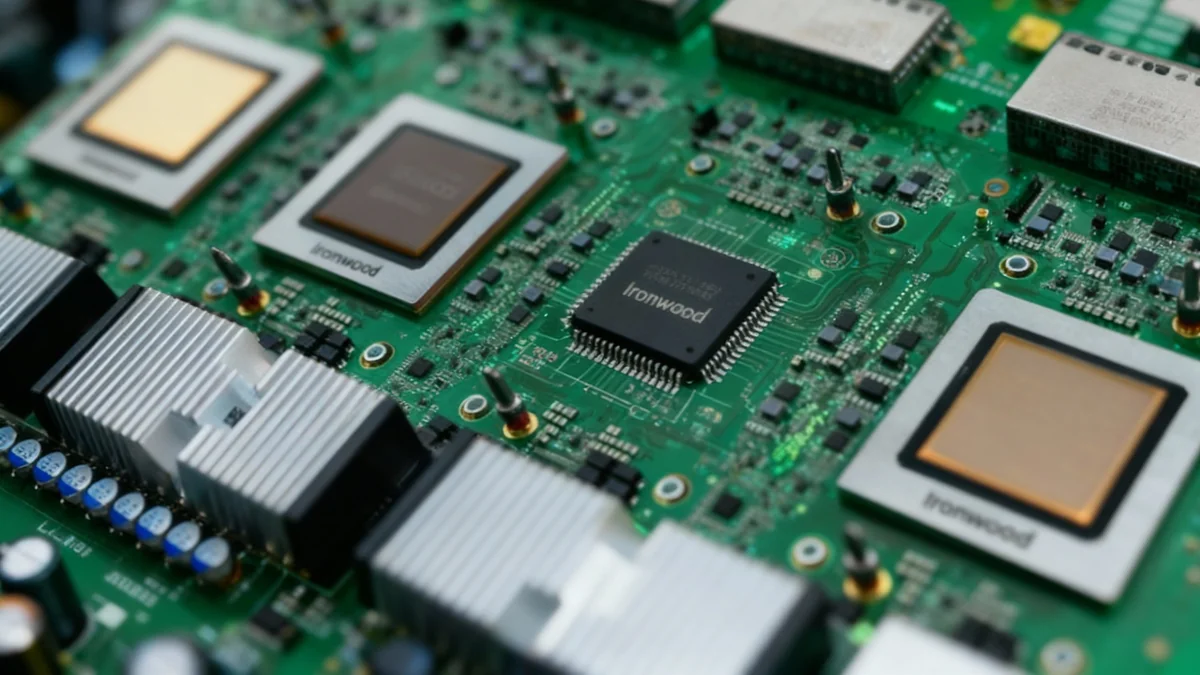The projected energy needs of artificial intelligence are driving a significant surge in the stock values of nuclear energy companies. Investors are pouring capital into firms specializing in next-generation nuclear technology, with some companies experiencing valuation increases of over 1,000% in the past year, even as many have yet to generate revenue or build operational power plants.
This market enthusiasm is based on the expectation that AI-driven data centers will require vast amounts of reliable, carbon-free electricity that current grids cannot supply. However, industry analysts caution that these high valuations may be premature, pointing to significant regulatory, financial, and logistical hurdles that could delay the widespread deployment of new nuclear technologies for more than a decade.
Key Takeaways
- Nuclear energy stocks, including Oklo and NuScale Power, have seen their values triple or more due to speculation about AI's power requirements.
- Companies like Nano Nuclear Energy have reached multi-billion dollar valuations without having revenue, regulatory licenses, or operational reactors.
- Analysts warn of a disconnect between current stock prices and the reality of long development timelines, with widespread deployment of new reactors not expected until 2035 or later.
- The core technology in focus is Small Modular Reactors (SMRs), which promise faster construction but remain largely untested in the U.S. market.
- Fuel supply for advanced reactors, specifically HALEU, presents another significant challenge for the industry's growth.
The AI Catalyst for Nuclear Investment
The rapid expansion of artificial intelligence is creating an unprecedented demand for electricity. Technology giants are building massive data centers to power machine learning models, and these facilities consume enormous amounts of energy. This has led to a search for new, dependable power sources, placing nuclear energy back in the spotlight.
According to BloombergNEF, data centers could consume up to 7% of total U.S. electricity by the end of the decade, a substantial increase from the current estimate of around 4%. This surge has created a powerful narrative on Wall Street, where any company associated with nuclear power is viewed as a potential long-term winner.
This investor optimism has translated into extraordinary gains for several companies. Oklo Inc., a company backed by OpenAI CEO Sam Altman, has seen its stock price increase by more than 1,000% over the last year. Similarly, both NuScale Power Corp. and Nano Nuclear Energy Inc. have seen their stock values triple, while reactor fuel supplier Centrus Energy Corp. is up over 400%.
Valuations Soar Despite Limited Operations
Nano Nuclear Energy Inc. exemplifies the current market trend. The company currently has no revenue, no operating power plant, and has not yet received a license from the U.S. Nuclear Regulatory Commission (NRC). Despite this, its market valuation has surpassed $2.3 billion based on investor optimism alone.
A Reality Check on Timelines and Hurdles
While the demand for power is real, some financial analysts argue that investors are overlooking the immense challenges facing the new generation of nuclear companies. The path from concept to a fully operational nuclear reactor is long, expensive, and filled with regulatory obstacles.
Dimple Gosai, an analyst at Bank of America, recently downgraded both Oklo and NuScale, stating that their valuations are “running ahead of reality.” She emphasized that widespread deployment of these advanced reactors is unlikely before 2035, with mainstream adoption not expected until around 2040.
“Intellectually, it doesn’t make sense to buy the stocks right now,” Gosai said in a recent report. “Common sense must prevail at some point.”
Another critical issue is the immediate need for power. Jefferies analyst Paul Zimbardo noted that tech companies building data centers require electricity immediately, not in five to ten years. “The hyperscalers are willing to pay almost any price for power in the near term. But that’s not what new nuclear offers,” he explained. “New nuclear doesn’t offer you speed. That’s where it breaks down.”
The Promise of Small Modular Reactors
Many of these emerging companies are focused on developing Small Modular Reactors (SMRs). Unlike massive conventional nuclear plants, SMRs are designed to be smaller, manufactured in factories, and assembled on-site. The goal is to reduce construction costs and timelines. However, this approach remains largely unproven at a commercial scale in the United States, with only a few SMRs currently operating globally, primarily in China and Russia.
Company Progress and Lingering Challenges
Despite the broader concerns, individual companies are moving forward with their plans, though each faces unique obstacles.
NuScale, Oklo, and Nano Nuclear
NuScale Power holds the distinction of being the only SMR developer with a design officially approved by the NRC. However, its first planned project in the U.S. was canceled in 2023 after projected costs soared, highlighting the financial difficulties in bringing these new designs to market.
Oklo Inc. broke ground on its first commercial site in Idaho last month and aims for a 2028 operational date. The company still requires full NRC approval before major construction can begin. A significant hurdle for Oklo is its reliance on a new type of uranium fuel known as HALEU (High-Assay Low-Enriched Uranium), which is not yet available in large commercial quantities.
“The real proof will be in execution — and that is where Oklo is now focused,” said Bonita Chester, Oklo’s head of communications, acknowledging the challenges ahead.
Nano Nuclear has not yet submitted a license application to the NRC or announced a firm date for construction to begin. Like Oklo and NuScale, the company has never reported a profit.
The Fuel Supplier Perspective
Centrus Energy, which produces nuclear fuel, is one of the few profitable companies in this group. Its stock is trading at approximately 67 times its earnings, a valuation more typical of a tech startup than an energy infrastructure company. Investors are betting that Centrus, an early producer of HALEU, will become a critical supplier for the future SMR industry.
Dan Leistikow, a vice president at Centrus, noted the shift in how investors perceive the industry. “Nuclear was, for many years, an undervalued and underappreciated asset,” he said. “That’s beginning to change now as we face surging demand for electricity and huge new power requirements for AI and data centers.”
A Cautious but Bullish Outlook
Experienced energy investors are watching the sector with interest but also with caution. Rob Thummel, a senior portfolio manager at Tortoise Capital, stated that his firm is currently more focused on established nuclear operators like Constellation Energy Corp. and Vistra Corp., which already have profitable plants on the grid.
However, he remains optimistic about the long-term potential driven by the power needs of data centers and the broader push for carbon-free energy. The new generation of nuclear companies has a difficult road ahead, but the potential payoff is significant.
“They’ve got some work ahead of them,” Thummel commented. “But if you think about what they could do, it’s pretty remarkable.” The coming years will determine whether the current market excitement is a reflection of a true energy revolution or a speculative bubble driven by the promise of AI.





